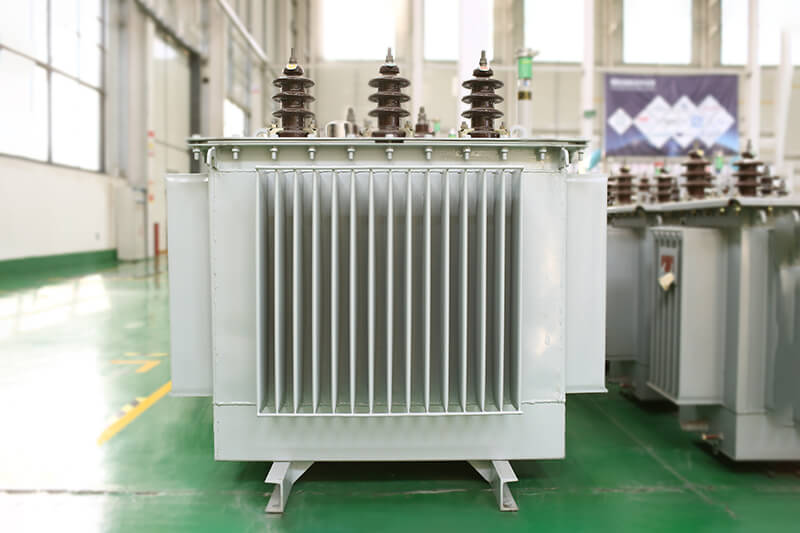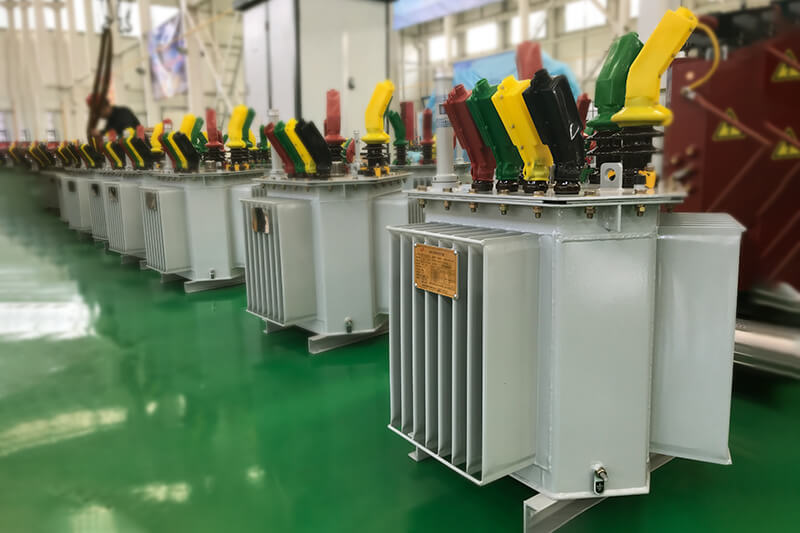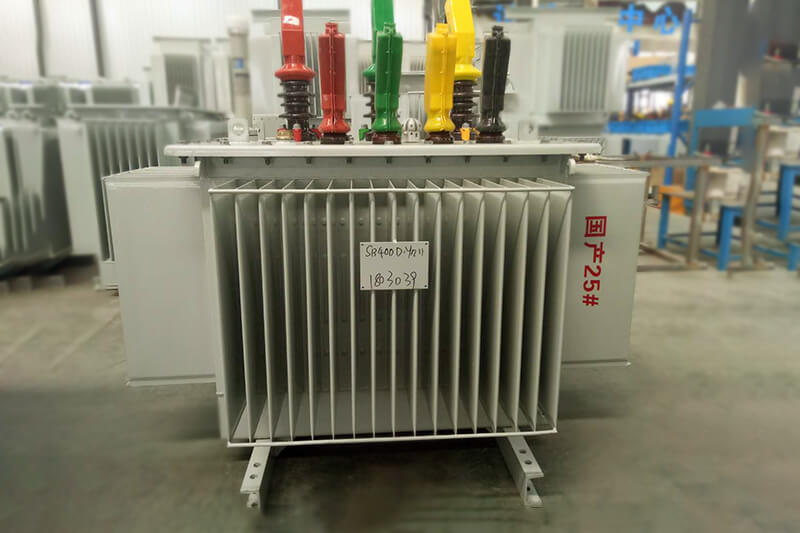1. Power distribution system. There are many transformer distribution systems. Three-in (380V) and three-out (380V) power distribution systems should be selected for medium and large transformers.
2. Input and output standards. It contains voltage and frequency standards. The output voltage and frequency must be within a certain scale. The larger the input voltage and frequency scale, the better.
3. Blocking transformer. In order to deal with the problems of load disturbance, zero-ground voltage and blocking, generally large transformers are equipped with output blocking transformers as standard. If considering the impact and disturbance on the power grid, large transformers can be equipped with input blocking transformers.
4, anti-overload ability. This is one of the important output indicators of the transformer. Overloading to be strong not only requires sufficient planning margin, there are many other planning requirements.
5. Allow the mains voltage waveform distortion. Because the city power is not a pure sine wave output by the power plant, it is distorted in the waveform, and it also carries many clutters. Therefore, it is necessary for the transformer to adapt to various mains environments.
6. Distortion of output voltage waveform. The power provided by the transformer to the equipment should be very pure. The higher the distortion, the worse the purification ability of the transformer.
7. the output voltage imbalance for the transformer, regardless of whether the input is out of phase, the smaller the output voltage imbalance, the better, you should give the load a three-phase balanced power supply.

8. Peak (surge) coefficient of output current. Many loads have secondary power sources. If these power sources all draw current on the peak of the sine wave together, they will present a pulse with a large peak-to-peak ratio.
9. System operating power. Low power transformers indicate that more energy is being consumed. Since various losses eventually manifest themselves as heat losses, an increase in heat loss means that it is necessary to effectively improve heat dissipation conditions. Failure to deal with heat dissipation problems will greatly increase the failure rate of the transformer.
10. Electromagnetic compatibility and anti-interference ability. Selecting those transformers that have passed the EMC test can reduce the electrical equipment's pollution to the power grid and radiation to the human body, and can also prevent the normal operation of other equipment. In addition to not disturbing other equipment, the transformer must also have the ability to resist the disturbance of other equipment.

11. Output power factor. The output power factor is the ability to adapt to different nature loads. The ideal output power factor is zero leading and lagging, which also shows that it can carry loads of any nature.
12. Even and trouble-free time. This data is often unverifiable, and it is only a theoretical calculation for reference only. The longer the time for uniform and trouble-free, the better.
13. Noise (at 1 meter). The lower the noise declared during transformer operation, the better.
14. Monitoring software. The transformer must be equipped with a complete and easy-to-use monitoring software.


.jpg)
